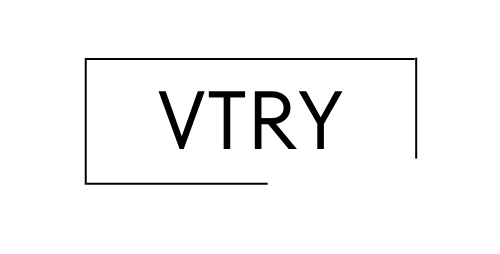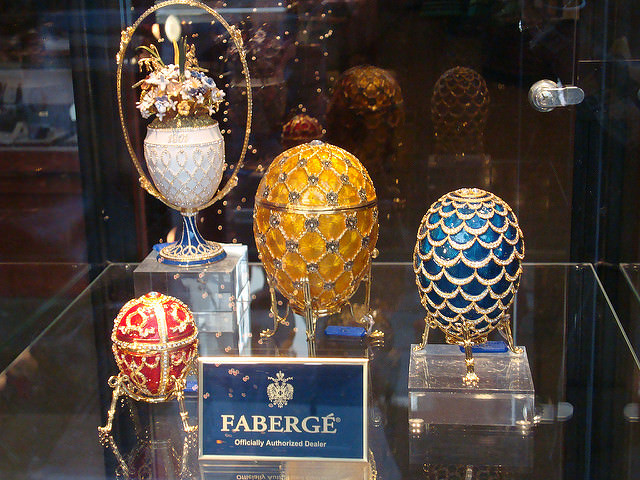Fabergé eggs are iconic because of their beautiful designs and the symbolism attached to their creation. What eventually became a series of 50 jeweled Easter eggs (Rosebud Fabergé Egg was one of those eggs). First started as a single Easter gift from Tsar Alexander III to his wife, Empress Maria Feodorovna.
The Russian monarch originally obtained the piece from Peter Carl Fabergé. One of the greatest jewelers and goldsmiths of the time. Fabergé did such an excellent job that orders for eggs from the royal family became an annual tradition. Alexander III’s son, Nicholas II, would continue this tradition every year until the fall of the Romanov imperial dynasty in 1917.

Origins of the Egg
The Rosebud Fabergé egg is unique in that it was the first in a series that Nicholas II gifted to his new bride, Empress Alexandra Feodorovna. The Louis XVI-style egg is covered in translucent red guilloché enamel and decorated with gold wreaths; arrow and bowknot designs featured on the egg are pattered in rose-cut diamonds.
It is quartered by bands that are also lined with rose-cut diamonds. At the top, beneath a table-cut diamond, a portrait of Emperor Nicholas II is visible. The base of the egg which also features a table cut diamond has the date “1894” underneath.
The egg’s cream interior velvet lining is not its only surprise. A rosebud of opaque yellow enamel, with a green enamel stem, lays within. That was not the only surprise. However, as inside the rosebud hid further treasures still: a miniature imperial crown replica – golden and set with diamonds and rubies – and a cabochon ruby pendant.
Circumstances surrounding the commissioning of the Rosebud Fabergé egg were not altogether joyous. Alexander III’s untimely death in October of 1894, saw his son’s early ascension to the throne. Within a few weeks, the new emperor wed, then princess, Alix of Hesse and by Rhine. Thus, the first egg of the series spanning his reign was requested with utmost urgency.
The Controversy of the Yellow Rose
The color of the rosebud might have seemed a strange choice to many as, when given to a woman by a man. Yellow roses bore the significance of marking the end of a romantic relationship in the 19th century. However, in the empress’ home country of Germany, the color yellow had grand and noble associations.
Like the other authentic Fabergé eggs, the Rosebud egg is oval. The egg itself is 7.4 cm in height while the rosebud is 3 cm.

Who Created the Rosebud Fabergé Egg?
Peter Carl Fabergé had many skilled artisans in his employ who were the crafters of different eggs over the years. While credit for the design seems to go to Fabergé himself. It was workmaster Mikhail Perkhin who created this piece in 1894.
Emperor Nicholas II presented the egg to his wife, Alexandra Feodorovna, as a wedding gift. It would be the first in a series of 40 eggs he commissioned from Fabergé’s famous jewelry house.
Rosebud Fabergé Egg Impact on the Fabergé Field
It’s difficult to deny this egg’s importance given its significance to the Romanov dynasty. First in a long line of commissions, this century-old Russian treasure marked the beginning of Nicholas II’s reign. Though the choices that went into its design were meant to be thoughtful. It seemed almost a foreshadowing of the tragic events that would befall the imperial family.
The disappearance of the surprises once contained within the yellow rosebud has sparked interest in the last century. In 2021 people theorized that the items within the Lapis Lazuli Egg (also at one point believed to be part of the Imperial Fabergé collection) are the long-lost treasures of the Rosebud Fabergé egg!
It’s easy to see how news like this could further impact research and investigation into another original Fabergé egg, or even several of them.
Where Can You Find the Egg Today?
At one point kept in the Empress’ study in the Winter Palace. The Provisional Government confiscated it after the Romanov empire’s fall. The Councils of People’s Commissars, commonly known as the Sovnarkom. Gained brief ownership of the egg in 1922 before it was transferred to the Russian department of the Ministry of Trade (Antikvariat) in 1925.
In 1927, it was one of nine Imperial eggs sold by the Antikvariat to Emanuel Snowman of the British antique dealing firm, Wartski. Charles Parsons was its next owner in 1935 before a purchase by Henry Talbot de Vere Clifton in 1937.
After Henry Talbot de Vere Clifton sold the egg in 1941-1942. Its whereabouts were largely unknown until it resurfaced in a sale from Fine Arts Society to Malcolm Forbes in 1985.
In 2004, nine of the imperial Fabergé eggs, including the Rosebud egg were sold to Ukrainian-born Russian billionaire Viktor Vekselberg for about $100 million.
Today, the Rosebud Fabergé egg is part of the world’s largest collection of Carl Fabergé masterpieces. Where it is on display at the Fabergé Museum in Saint Petersburg, Russia.
While the real Fabergé egg is said to be worth up to $4 million. You don’t need to spend anywhere near that much to enjoy a piece of the Fabergé magic. Visit our website’s store where you can order affordable, quality egg replicas!
My name is Sasha, I’m a father of two. Work in the tech industry. For fun I am running a small business in addition to that, sometimes I write and edit content regarding topics that interest me like: entertainment, tech, finance and art.


Leave a Reply
You must be logged in to post a comment.